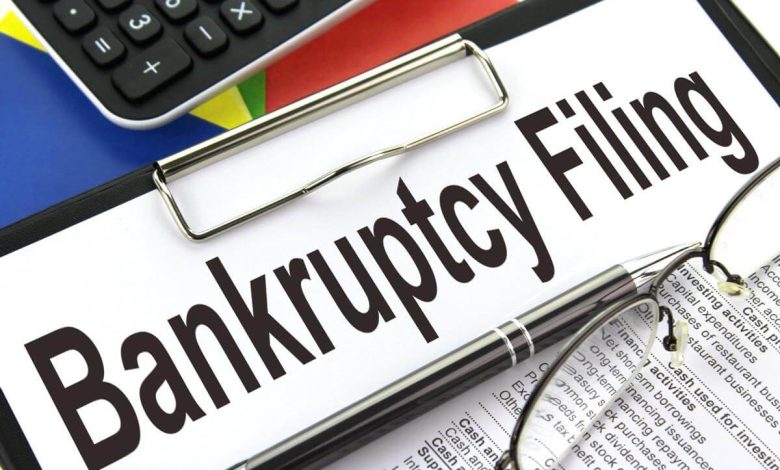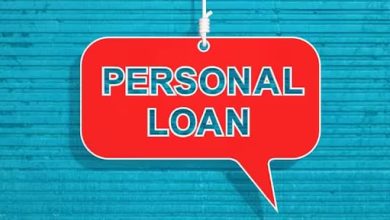
Filing a personal bankruptcy gives individuals drowning in debt a way to eliminate the debt and the consequences of not being able to repay, such as stopping collection calls and ending wage garnishments.
When you file for bankruptcy, you will need to surrender your assets in return for the discharge of your debts. There are bankruptcy exemptions which mean that you don’t lose all your assets. Each province and territory provides a list of exempt assets that you can keep under the bankruptcy law. Under Ontario law, you are permitted to keep the following in a personal bankruptcy:
- Unlimited clothing for you and your family
- A car or other motor vehicle worth not more than $7,117
- Furnishings and appliances not worth more than $14,180
- Tools and equipment you use to earn a living worth not more than $14,405
- Most pension plans and certain types of life insurance policies
- RRSPs (excluding contributions in the last 12 months before the date of bankruptcy)
Before filing bankruptcy, your bankruptcy trustee will ask you to make a list of all your assets and declare a fair value for each item to help them determine your exempt assets and non-exempt assets.
If you would like to keep an asset that exceeds the exemption limit, your trustee can help you make an arrangement with your creditors to “buy back” the asset by paying off the amount that exceeds the exemption limit.
If you don’t want to lose any of your assets, you may have to consider other options to get rid of your debts, like a consumer proposal. Your licensed insolvency trustee will be able to help you find other alternatives to bankruptcy.
Contrary to the popular myth that bankruptcy clears all debts, it does not always. It can eliminate most unsecured debts, such as –
- Credit card balances
- Lines of credit (if unsecured)
- Personal loans (if unsecured)
- Arrears of income taxes and municipal house taxes
- Unpaid utility bills
- Retail store accounts
- Insurance premiums past due
- Medical bills
- Payday loans
As is with assets, there are exemptions for some unsecured debts that can be eliminated in a personal bankruptcy. These debts cannot be included –
- Student loans and apprentice loans less than 7 years old
- Child and spousal support
- Court ordered fines and restitution payments
- Debts resulting from fraudulent activities
- Government overpayments
Secured debts, such as mortgage on your home or a car loan cannot be included in a bankruptcy filing. Secured creditors have a right on these specific assets. If you want to keep secured assets, like your home and car, you need to make sure that your payments are up to date and that you can continue paying them while bankrupt.
Bankruptcy typically lasts 9 months for a first-time bankruptcy and if you complete all of the requirements stated in the bankruptcy terms. If you have to pay surplus income, your bankruptcy will be extended and may last up to 21 months.
See Also: Importance of Product Labels to Consumers
Surplus income payments are made if your income is more than the government’s guideline which is the amount needed to maintain a reasonable standard of living. The amount of your surplus income payment can increase or decrease depending on changes to your income while you are bankrupt. Surplus income payments are paid to your trustee, which is then distributed to repay your creditors.
If it is your second bankruptcy, it will last for 24 or 36 months. If you have not complied with your duties, or have committed one or more bankruptcy offenses, the court will determine your bankruptcy timeline.
After you have completed all duties, you will receive an Absolute Discharge and will no longer be held liable for any of the discharged debts. However, the bankruptcy record will appear on your credit rating for up to 6 years.




